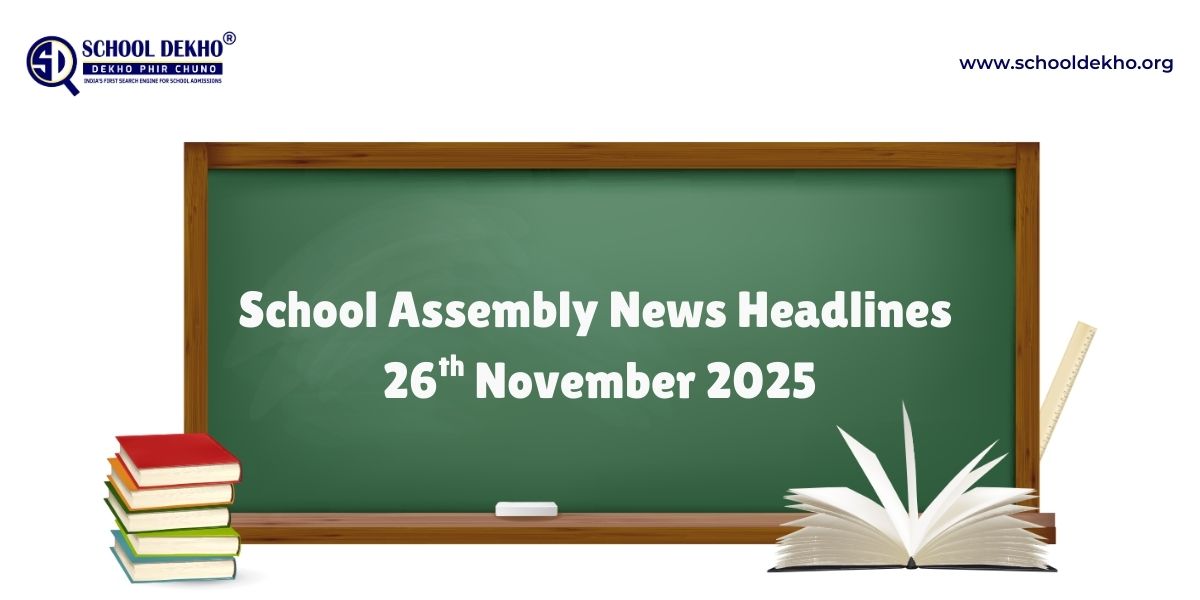How IoT Works?
Devices (sensors, smart gadgets) collect data.
Data is sent to the cloud or a central platform using the internet.
Analytics are performed to generate insights.
Commands can be sent back to devices for actions.
IoT enables real-time decision-making, automation, and cross-platform integration.
How M2M Works?
Two machines or devices are connected.
One device sends data to another using cellular, Wi-Fi, or wired connection.
Minimal data processing is involved.
Usually serves a specific purpose, like tracking or monitoring.
M2M systems are typically closed and rigid but reliable in industrial environments.
Applications of IoT
Smart Homes: Lights, locks, and thermostats controlled via apps.
Healthcare: Wearable fitness devices and remote patient monitoring.
Agriculture: Soil sensors and irrigation control.
Smart Cities: Traffic monitoring, waste management, and public safety.
Retail: Smart shelves and customer behaviour analysis.
Applications of M2M
Industrial Automation: Factory machines communicating to optimize processes.
Fleet Management: GPS tracking and vehicle diagnostics.
Utilities: Smart meters for electricity and water usage.
Security Systems: Alarms that alert a central system when triggered.
Similarities Between IoT and M2M
Despite the differences, IoT and M2M share some similarities:
Both involve connected devices.
Enable automation and real-time monitoring.
Can reduce operational costs and improve efficiency.
Help in collecting and transmitting data.
Often used in industrial and enterprise settings.
Which One Is Better: IoT or M2M?
It depends on the use case.
Choose M2M if you need:
Point-to-point communication.
Simple and reliable connections.
A system that doesn't require internet access.
Choose IoT if you need:
Scalable and flexible connectivity.
Integration with multiple systems.
Advanced analytics and cloud access.
Real-time remote monitoring and control.
Future of IoT and M2M
The line between IoT and M2M is blurring. Many M2M systems are evolving into IoT-based platforms by incorporating cloud services and remote access.
With the rise of 5G, edge computing, and AI, IoT is expected to become more powerful and widespread.
Meanwhile, M2M will continue to serve critical roles in industrial and embedded systems where high reliability is required.
Conclusion
To sum up, the main difference between IoT and M2M lies in how they connect devices and handle data. M2M is limited to point-to-point communication, while IoT offers a broader, cloud-enabled ecosystem that supports analytics, remote access, and AI.
Understanding these differences helps businesses choose the right technology for their specific needs.
FAQs
Q1. Is IoT the same as M2M?
No. While both involve machine communication, IoT uses the internet and cloud technologies, whereas M2M is more localized and direct.
Q2. Can M2M devices become part of IoT?
Yes. With upgrades and integration, many M2M devices can be IoT-enabled.
Q3. Which is more secure – IoT or M2M?
M2M systems are often more secure by design due to their closed nature. However, IoT offers greater flexibility and can be made secure with proper measures.







